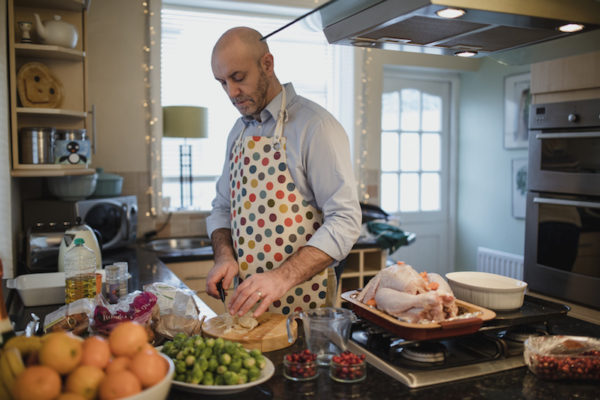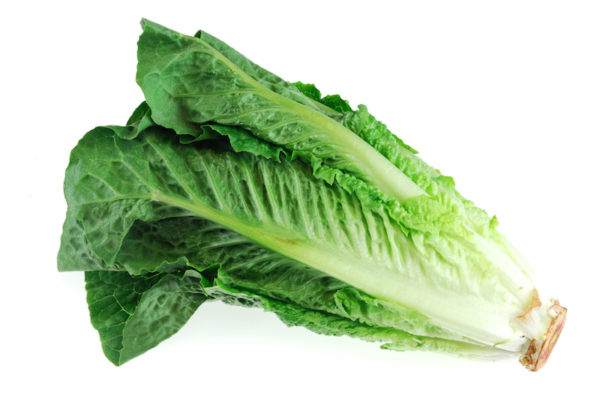As people are getting ready for Thanksgiving, the news reminds us of an ongoing outbreak of salmonella in turkey products. Does that mean we should serve something else this year? You can if you want to, but it’s not necessary, states the CDC:
With the exception of the recalled Jennie-O brand ground turkey products, CDC is not advising that consumers avoid eating properly cooked turkey products, or that retailers stop selling raw turkey products. ~CDC Investigation Notice
The key phrase is properly cooked turkey products, but thawing, preparing, and dealing with turkey leftovers are also important. If you want to make sure you’re doing them all right and not  putting yourself or your Thanksgiving guests at risk, read these turkey safety tips. They are courtesy of registered dietitian Kit Broihier. Kit is a food and nutrition communications professional at NutriComm, Inc.
putting yourself or your Thanksgiving guests at risk, read these turkey safety tips. They are courtesy of registered dietitian Kit Broihier. Kit is a food and nutrition communications professional at NutriComm, Inc.
Prepping the turkey
The proper way to thaw a frozen turkey
In a perfect world, you purchased your frozen turkey several days ago and you thawed it in the refrigerator so it’s ready to go. However, if that’s not the scene at your house, please do not just leave it on the counter overnight or for any length of time! Instead, thaw it in a cold water bath (do not thaw in hot water, as that allows the outer layer of the bird to hover in the “danger zone” of 40-140 degrees F, where bacteria multiply quickly). Place the bird (in its plastic packaging) into a sink of cold water— plan on it taking 30 minutes per pound. Swap the water with fresh cold water every 30 minutes. Don’t forget to take the giblets out of the cavity of the bird — that’s often how you can tell if it’s still frozen inside, too.
Do NOT wash the bird
Despite what a recipe may say, washing poultry just spreads pathogens around your kitchen and it isn’t necessary or advised. You can pat it dry with paper toweling if you like.
Go unstuffed for safety
Ok, so it’s not traditional, but the turkey will cook more evenly if there is no stuffing inside it. However, if you must go the stuffed turkey route, be sure to test the stuffing temperature just like you do for the bird (165 degrees minimum).
Cooking the bird
Set the oven no lower than 325 degrees
This is not negotiable.
Don’t judge doneness by looks — use a meat thermometer
Even if your bird has a pop-up timer, check the temp to make sure it meets the 165 degrees minimum. Test the temp at the thickest part of the breast and also at the thigh. It may still be pink near the bone when you cut into it and that’s fine as long as it reached 165, says the USDA Food Safety and Inspection Service. Do let your turkey stand for 15-20 minutes after you take it out of the oven (cover with foil) to allow juices to distribute.
Leftover turkey
Don’t let leftovers languish on the counter
Bacteria in food multiply rapidly at room temperatures, so follow the 2-hour rule and get those leftovers into the fridge no longer than 2 hours (and preferably before) post meal time. Also, removing the meat from the bone while it’s still warm or at room temp is a lot easier than doing it when it’s at refrigerator temperature — get it done before 2 hours have gone by!
You can put hot/warm food directly into the refrigerator.
There’s no need to let food cool down before refrigerating it, and that can also be dangerous.
If you won’t use the leftover turkey within 4 days, freeze it instead
And this is a note from Diane: If you’re looking for a little leftover inspiration, try Jen’s turkey sandwich.
One more thing … what about the salad course?
Turkey isn’t the only thing causing food-borne illnesses. An outbreak of E. Coli has been linked to Romaine lettuce and the CDC is advising us not to eat any of that all.
CDC is advising that U.S. consumers not eat any romaine lettuce, and retailers and restaurants not serve or sell any, until we learn more about the outbreak. This investigation is ongoing and the advice will be updated as more information is available. ~CDC Food Safety Alert
If you’re open to some additional Thanksgiving (and the rest of the holidays, too) tips, be sure to read my recent blog post How to avoid stuffing food and feelings at Thanksgiving.
Happy Thanksgiving!




Leave A Comment